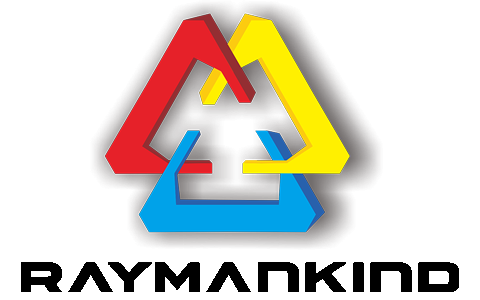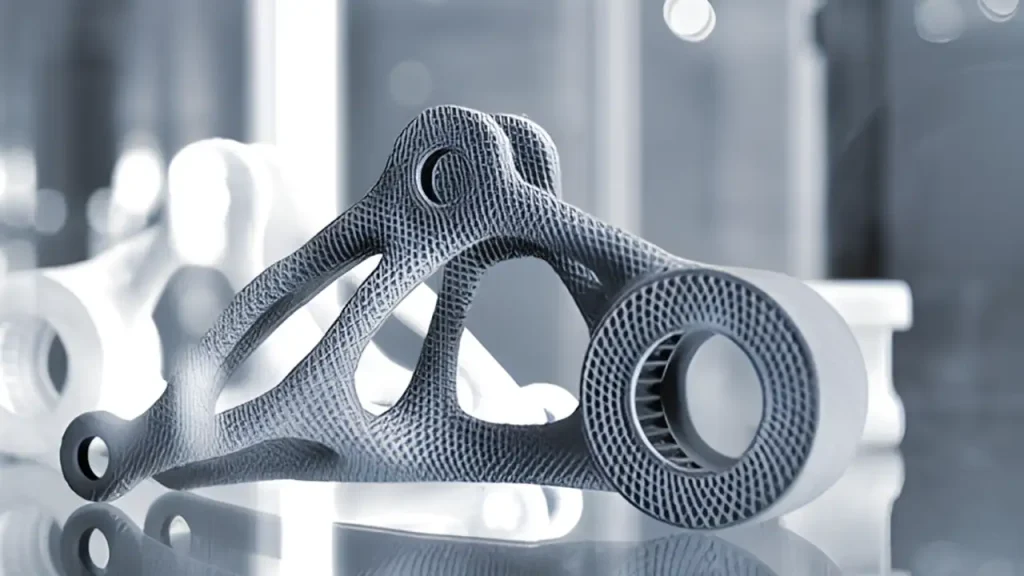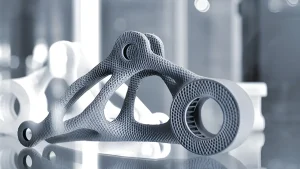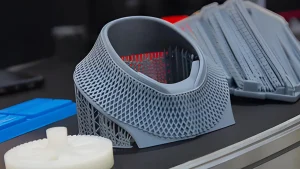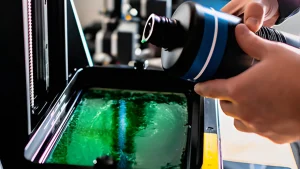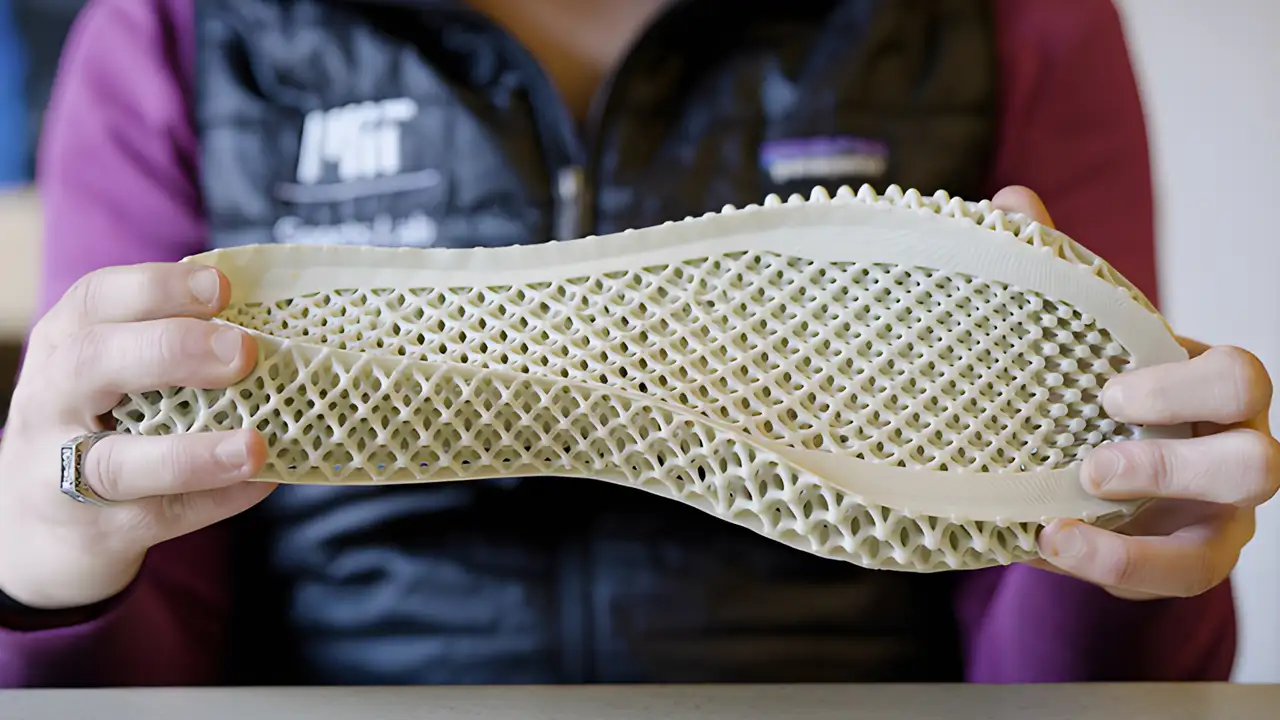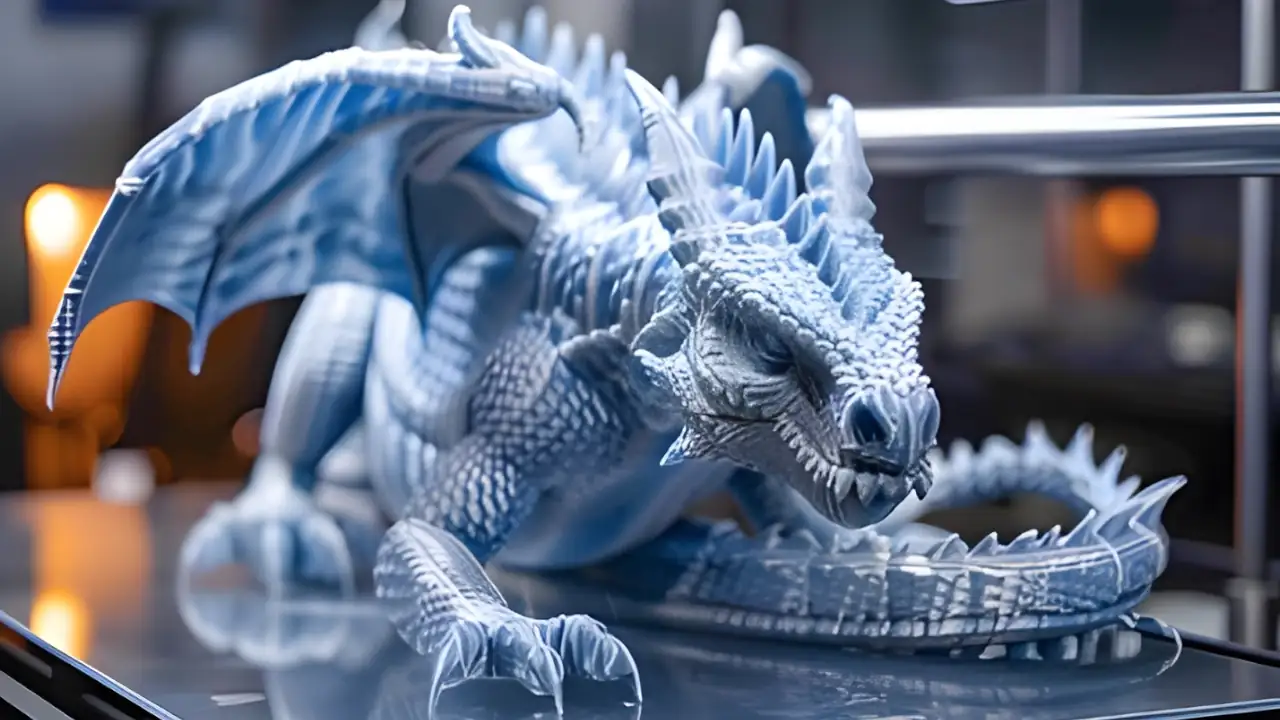In the fascinating world of 3D printing, mastering 3D modeling is a crucial skill. It’s the backbone of the 3D printing process, transforming your imaginative concepts into physical realities. From healthcare to entertainment, 3D modeling has applications in numerous industries, enabling innovation and efficiency.
Understanding the Basics of 3D Modeling
3D modeling involves creating a digital representation of a three-dimensional object. This digital model is essential for 3D printing, as it serves as the blueprint for the physical creation.
Same of Software Options for 3D Modeling
There are various 3D modeling software options available, each with unique features:
Blender: is a free, open-source software that’s great for enthusiasts and professionals alike. It offers extensive tools for 3D modeling, animation, and rendering, making it highly versatile and customizable.
Tinkercad: is a user-friendly, web-based tool ideal for simple designs. Its intuitive interface makes it perfect for beginners and educators, allowing for quick and easy 3D modeling without requiring advanced skills.
Autodesk Fusion 360: is comprehensive, professional-grade software suited for complex projects. It integrates CAD, CAM, and CAE tools, offering powerful features for product design and engineering, including collaborative work and cloud-based storage.
SolidWorks: is industry-standard software widely used in engineering and product design. Known for its precision and robust features, it’s the go-to tool for creating detailed, manufacturable models in professional settings.
Choosing the right software depends on your specific needs and the complexity of your projects.
Getting Started with 3D Modeling
Begin your 3D modeling journey with simple shapes and gradually move to more intricate designs. Start by familiarizing yourself with the software interface, tools, and basic commands. Experimentation and practice are key to developing your skills.
Design Considerations for 3D Printing
When designing for 3D printing, it’s essential to understand the printer’s capabilities and limitations. Consider factors such as overhangs, supports, and wall thickness to ensure your design is printable.
File Formats and Exporting Models
The most common file formats for 3D printing are STL, OBJ, and AMF. Ensure your model is correctly exported in these formats to maintain its integrity during printing.
Optimizing Models for 3D Printing
To optimize your models, focus on reducing print time and material usage. Use software tools to check for errors and repair models before printing. This step is crucial for achieving high-quality prints.
Practical Tips for Beginners
Avoid common mistakes like overcomplicating designs or ignoring printer specifications. Improve your skills through continuous practice and learning from each project.
Real-World Applications of 3D Modeling
3D modeling plays a crucial role in various industries, ranging from engineering and architecture to entertainment and healthcare. Additionally, it is widely used in product design, virtual reality development, and even educational simulations, offering innovative solutions across multiple sectors.
Learning 3D modeling is essential for anyone interested in 3D printing. It opens up a world of possibilities, from personal projects to professional applications. Start exploring and practicing today!
Additional Resources
At Raymankind, we’re here to help you bring your 3D models to life. Contact us for comprehensive 3D printing services and support.?
